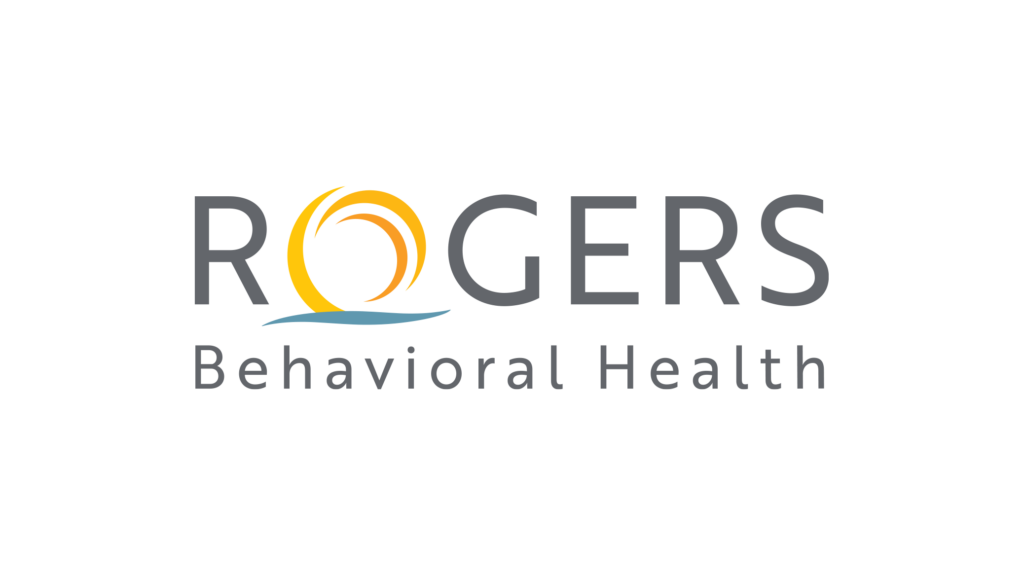Believe it or not, the first attempt to gather information about mental health was done to collect statistical information for the 1840 census. In fact, it was these early census recordings that distinguished early categories of mental health. It was not until post-World War II that the first edition of the DSM or Diagnostic and Statistical Manual of Mental Disorders (DSM) was published. It was then this clinical and diagnostic tool, published by the American Psychiatric Association, provided description and diagnostic categories for clinicians working with mental disorders. Today, the DSM is still considered the authoritative guide by behavioral health professionals throughout the country, providing the common language and standard criteria for the classification of mental disorders.
Why This Matters
Mental illness cannot be determined by a traditional, physical test. A blood test won’t tell you if you are depressed or anxious. Broken arms and pneumonia have physical symptoms. Mental illness is not as easily identified, leading to a need for a clear set of guidelines to help clinicians diagnose a condition. As we gain insight into these mental disorders, the DSM helps providers prescribe more effective treatment and acquire more accurate statistics and research. In addition, the handbook is used by researchers and health insurance companies. All in all, the changes may mean the difference between gaining access to treatment… or not.
2013 saw publication of the fifth edition of the DSM, culminating in a 14-year revision process. While the new edition has changes, it is important to realize that it is more about clarifying and looking at some of the disorders in a new way, due to research and feedback from mental health professionals.
For example, in DSM-5, the symptoms for diagnosing post-traumatic stress disorder (PTSD) were revised to allow those who have experienced different forms of trauma to get treatment. Previously a PTSD diagnosis was attributed more to those who had been in combat; the new edition is far more inclusive. In fact, it is also more explicit about what can be defined as a “traumatic” event. The previous edition included three major symptom clusters for PTSD, whereas the DSM-5 has four with more distinct criteria. In addition, children and adolescents can now be diagnosed with PTSD, and there is a subtype with separate criteria for preschool children.
Easier to Get Treatment
The DSM-5 takes into consideration the many years of experience that different clinicians and researchers have had with mental illness, using new language that makes it easier to identify conditions like PTSD. The updated guidelines may even help patients get insurance coverage for syndromes that looked and acted like a particular condition, but did not meet criteria in the previous edition. That means more patients can get treatment to recover from their symptoms and live a more meaningful, enjoyable life.
In addition, the DSM-5 neither hinders – nor addresses specific plans for – treatment. Everyone who had a diagnosis before DSM-5 will still have a diagnosis, and many who need care will find it easier to get treatment. If anything, the new classifications will lead to more specific diagnoses that open new pathways to treatment. As before, clinicians can continue working with patients to determine what’s best.
If you or someone you know needs treatment, call Rogers at 800-767-4411 for a free screening or request one online.


